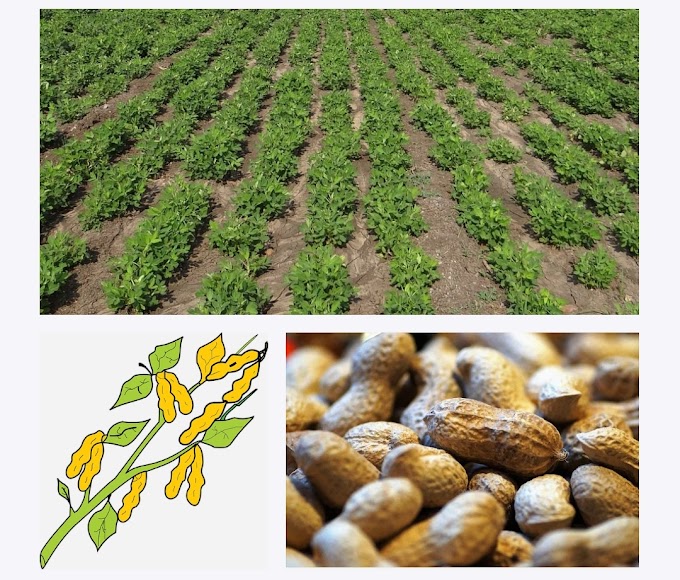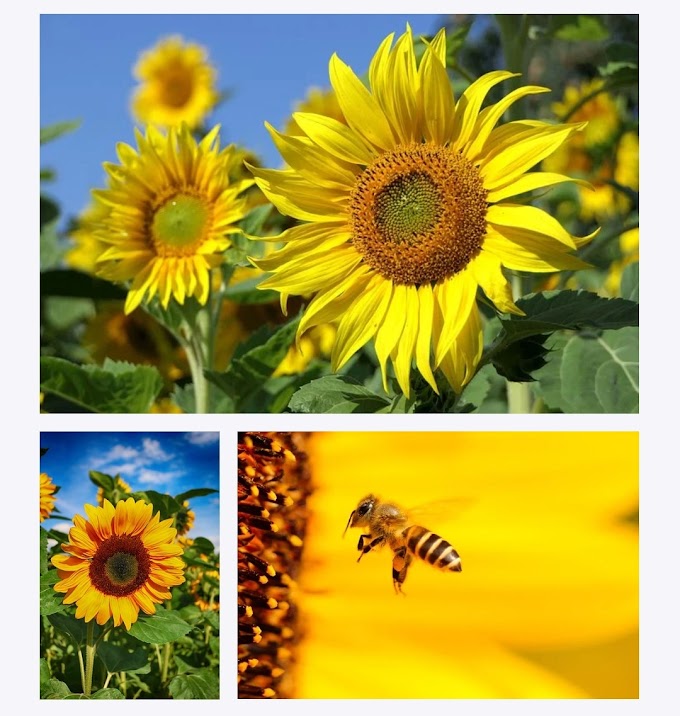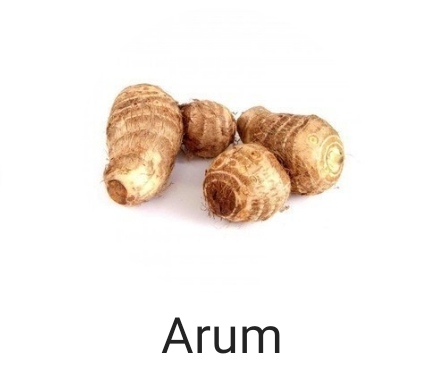 |
| Strawberry Growing |
Strawberry
Questions :
What are benefits of eating strawberries?
These potent little packages protect your heart, increase HDL (good) cholesterol, lower your blood pressure, and guard against cancer. Packed with vitamins, fiber, and particularly high levels of antioxidants known as polyphenols, strawberries are a sodium-free, fat-free, cholesterol-free, low-calorie food.
How many strawberries should we eat in a day?
Just one cup a day of fruit, strawberries, benefits the entire body. Medically researched and advised that eating just a serving of Seven or eight medium strawberries a day may improve heart health, help control diabetes, support brain health, and benefits for the some of cancers patients.
Strawberry good for weight loss.
Strawberries are a great addition to a weight loss diet. They're low in calories, highly nutritious, and a great source of important nutrients like fiber. They're also incredibly versatile and can be incorporated into many recipes.
Farm plowing and soil preparation.
Light bacterial loam soil (pH 5.5-6.5) with proper water drainage facility is suited for its cultivation. After the first round of ploughing is done using soil reverse plough, 2-3 additional rounds of ploughing should be done with a harrow or native plough. The field should then be leveled.
2. Step
Method of planting
The commercial cultivation of strawberries is done on raised beds that should be 1 m wide, 30-35 cm high and length can be adjusted as per need. The distance between two raised beds should be 50 cm. 2-3 rows of plants separated by a distance 20-30 cm should be transplanted on each bed.
3. Step
Varieties of seeds
Sweet Charlie, Ofra, Camarosa, Chandler, Oso Grande, Akihime etc.
4. Step
Fertilizer information
Manure and fertilizers should be used on the basis of soil testing. Generally, 10 - 15 tonnes of cow dung manure or compost manure should be mixed in the soil before transplanting. As fertilizers, 120 kg nitrogen, 80 kg phosphorus and 60 kg potash should be used per hectare.
5. Step
Disease and Treatment
1. TACHARDIA LACCA (Laahi Pest) -
This pest is a bacterium. The outbreak of its disease causes the leaves to become smaller and curl at the edges. This pest has a greater effect on newer soft leaves. To control this disease, metasystox should be sprayed at the rate of 1 ml / 1 L water per hectare.
2. Thrips -
The impact of this pest is greater in the flowering stage. It harms the leaves by sucking the leaf sap. To prevent this pest's attack, spray confidor at the rate of 0.5 ml/1 | water.
3. Gray mould -
It is a fungal disease that affects
flowers and fruits of the plants. To control this disease, spray diethanium-45 at the rate of 1.5 g per litre of water.
4. Leaf spot disease -
Spots can be seen onl leaves and fruits of the infected plants. It can be controlled by spraying diethaium-45 at the rate of 2 g per litre of water.
6. Step
Auxiliary machines
Soil reverse plough, native plough or harrow, plastic mulch, drip irrigation equipment.
Health and nutritional quality
Health and nutritional quality
Strawberries contain various vitamins and salts that are very beneficial for health. They are a good source of calcium, magnesium, phosphorus, vitamin A, vitamin C, vitamin K and folic acid.

















0 Comments